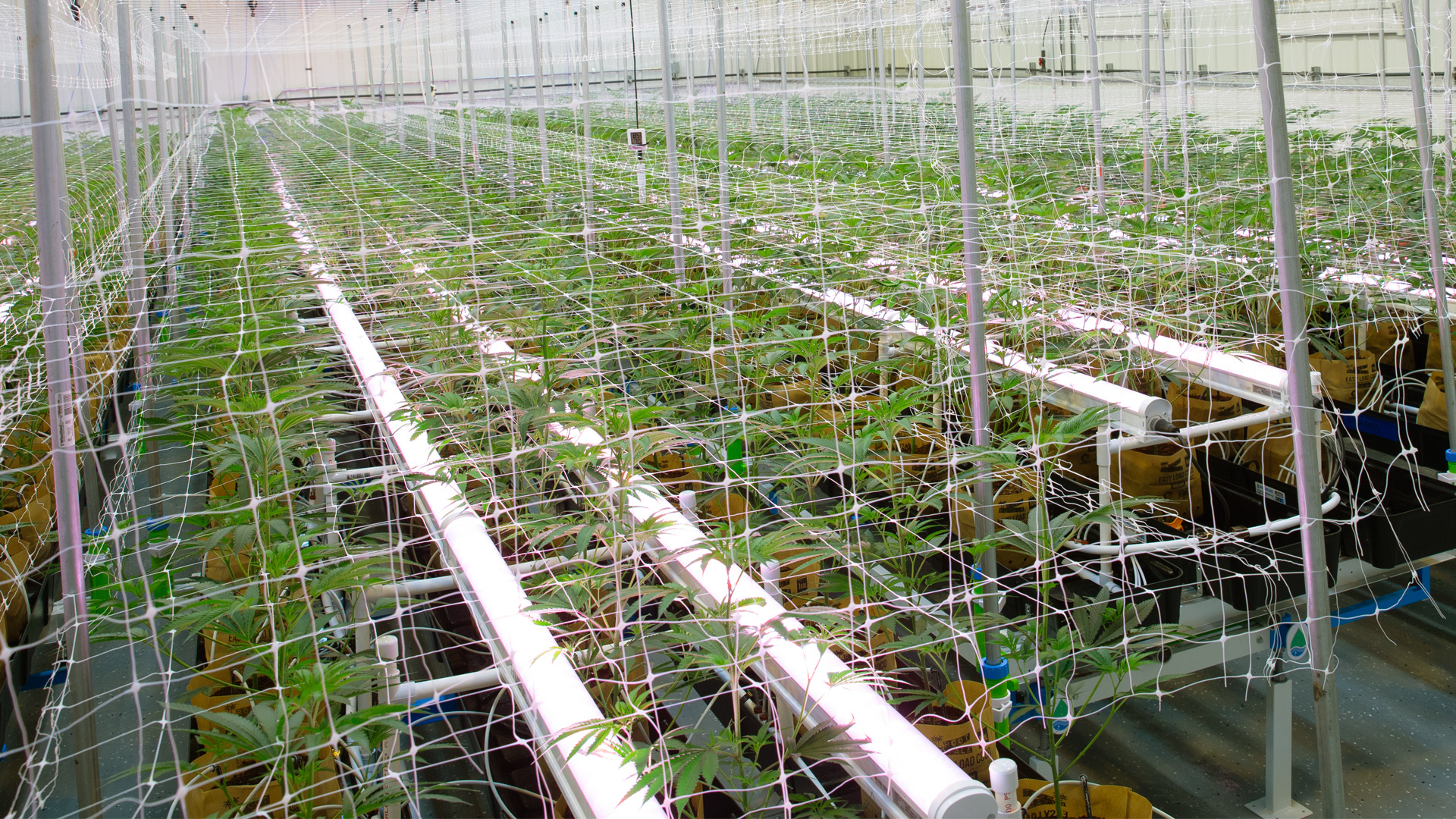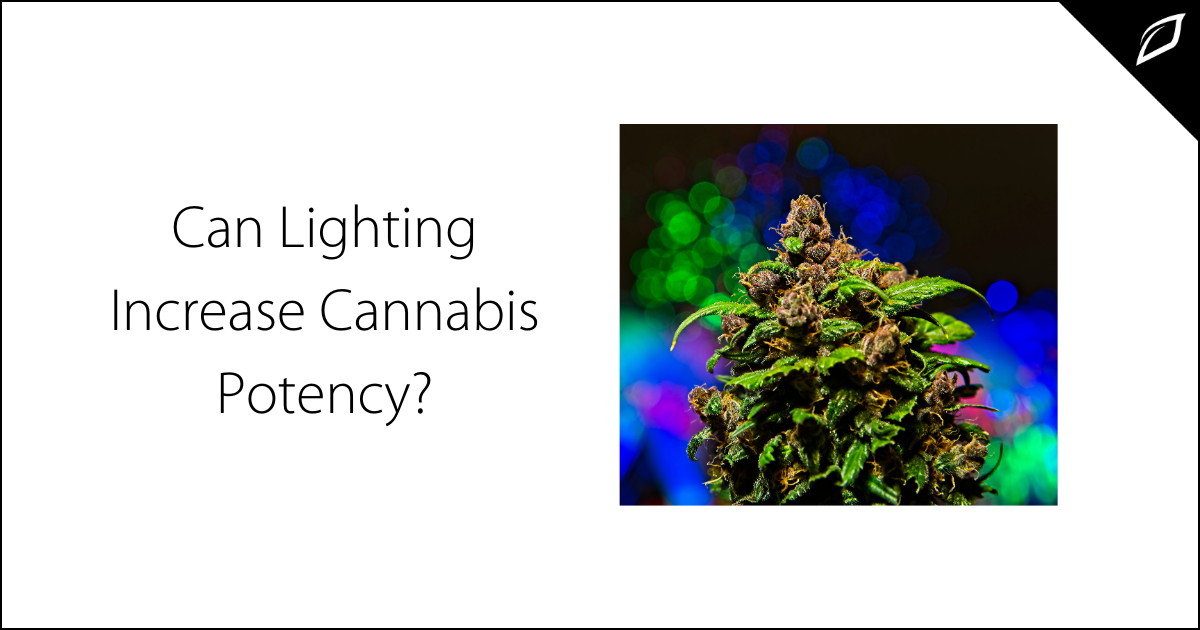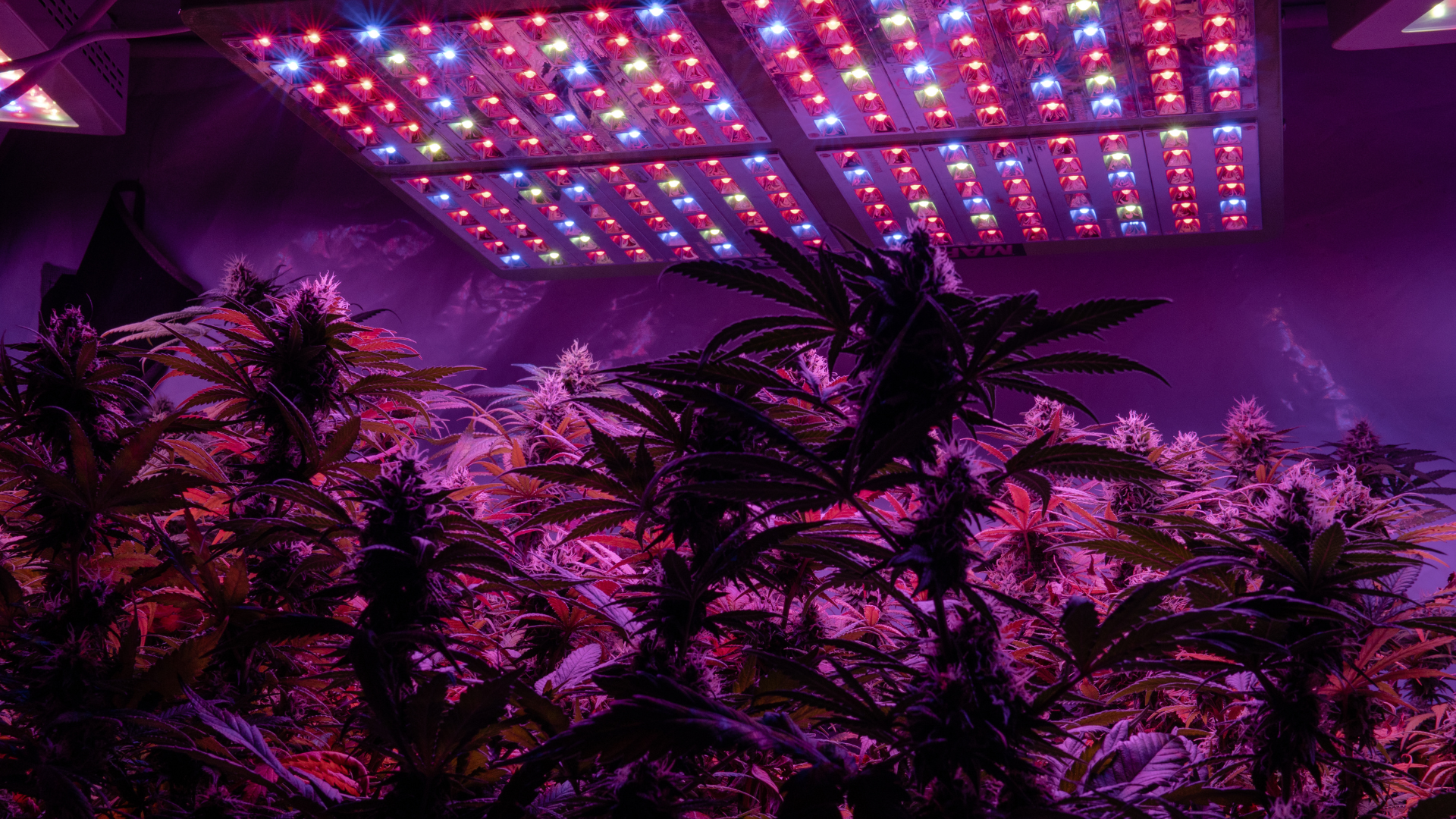Under-Canopy Lighting in Cannabis Cultivation: What You Need to Know
Under-canopy lighting isn’t just the latest trend; it’s a powerful upgrade that gives every part of the plant equal exposure, especially those lower...
In cannabis cultivation, mixed lighting—combining different types of light sources, such as LEDs and HPS (High-Pressure Sodium)—is quickly gaining attention. Instead of committing to a single light type, many growers are leveraging the complementary strengths of each to optimize every growth stage. But why mix lighting? This approach maximizes the benefits of each light type, creating a balanced, effective lighting strategy for commercial growers. Let’s dive into why it works, the science behind it, and how mixed lighting affects your plants.
Each type of grow light brings its own unique benefits. LEDs are highly customizable, allowing growers to tweak light spectrums with precision, while HPS lights produce a high-intensity, warm spectrum, ideal for the flowering stage. When you combine these lights, you’re mimicking more natural, dynamic lighting conditions that can boost photosynthesis rates and improve plant responses at different growth stages. Studies show that varied lighting helps cannabis plants develop secondary metabolites like terpenes and cannabinoids, leading to a richer, and more potent bud profile.
Achieving the right mixed lighting setup isn’t one-size-fits-all. You’ll need to consider several factors to tailor a lighting strategy that works for your plants.
Before you start experimenting with light combinations, assess your plants’ nutrient profile. Elements like nitrogen, magnesium, and phosphorus affect how much light a plant can handle. If your plants are deficient in certain nutrients, dialing in the correct lighting setup becomes much harder.
Different cannabis strains have different lighting preferences. While most strains share similar basic requirements, these genetic differences can lead to subtle variations in how much light they can tolerate and how they absorb light. As you experiment with mixed lighting, remember that you may need to fine-tune your light combinations for each strain. Understanding the growth habits of your strains will help you adjust their specific spectrums, optimizing light absorption and improving both growth and yield.
When experimenting with different light spectrums, such as red light, you might notice your plants ramping up the uptake of certain nutrients—like calcium. This phenomenon is part of the Emerson Effect, discovered by Robert Emerson in the 1950s. It refers to the increased photosynthetic efficiency when plants are exposed to both red light (less than 680 nm) and far-red light (more than 680 nm) at the same time. The combined effect enhances energy transfer between photosystems I and II, boosting photosynthesis.
This interplay between light wavelengths amplifies the need for precise nutrient management. The right mix of light spectrums can profoundly impact your plants’ nutrient uptake, making it crucial to monitor nutrient levels and light intensity closely.
Different light combinations, particularly HPS and LEDs, will also affect your grow environment. Both of these lights have unique influences over temperature and humidity, which impacts the climate of your grow room. These changes in temperature and moisture can, in turn, affect the timing of dry backs and your irrigation schedule. Proper consideration and planning of necessary equipment can help to manage these variables to create a healthy, productive environment for your plants.
Our friends at the We The Growers podcast recently had Dylan and Jay from Beanfiendz on the show, and they described their lighting setup, while nicely touching on some of the ideas that we've covered here. Check out this short segment from a clip of that episode:
Check out the full clip here
Mixed lighting offers a powerful and adaptive approach for commercial growers aiming to maximize yield, quality, and plant health. By combining different light types, you can optimize each growth stage, better manage environmental conditions, and support strain-specific traits, resulting in richer, more potent buds. However, this method requires careful planning, monitoring, and sometimes higher upfront costs. For growers who are willing to navigate the complexities of mixed lighting, the rewards—especially in terms of harvest quality and yield—are well worth the effort. Perfecting your lighting mix takes time, but with each grow and a commitment to careful, deliberate adjustments, you'll get closer to the ideal setup that works for your unique cultivation goals.

Under-canopy lighting isn’t just the latest trend; it’s a powerful upgrade that gives every part of the plant equal exposure, especially those lower...

Many factors influence the THC potency of cannabis plants. Environmental factors like temperature, humidity, nutrition, and genetics all play a part...
-png.png)
DLI is equally as important indoors as it is in an outdoor/greenhouse environment and should be utilized when trying to optimize your grow efficiency...
